This article is part of Touchpoint Vol. 11 No. 3 - Service Design and Change Management. Discover the full list of articles of this Touchpoint issue to get a sneak peek at more fascinating articles! Touchpoint is available to purchase in print and PDF format.
Service design has started to go mainstream. Organisations in all sectors are developing the discipline internally to permeate their current initiatives. Organisational objectives include remaining relevant in the digital era, keeping on track with evolving customer behaviours in a continuous, fast-changing society, and anticipating potential new competitors that are not necessarily in the same industry.
As a consequence of the organisational need to be more agile and adaptable, service design is facing some challenges in terms of implementation: How to accelerate the time to market of its interventions? How to scale? And how to support a permanent transformation? In contrast, agile methods tackle problems in a fast, lean and flexible way.According to the 13th Annual State of Agile survey1, 63 percent of respondents consider delivery speed and time to market to be the real benefits of the adoption of agile.
In 2019, we teamed up with the leader in retail commerce in South America, which has more than 2,600 stores across the continent. In Colombia, the company used to operate stores with a non-standardised sales and operating model, which led to diminished in-store customer experiences, operational inefficiencies and growth rates beneath expectations. Our challenge was to design an internal sales enforcement programme that could enhance the customer experience and increase sales.



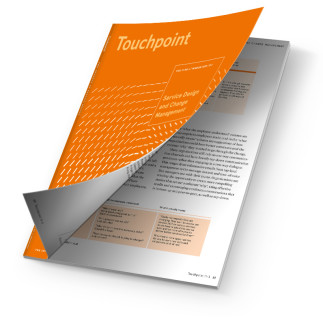
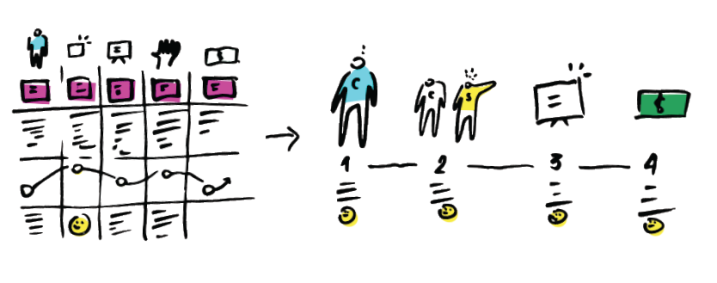


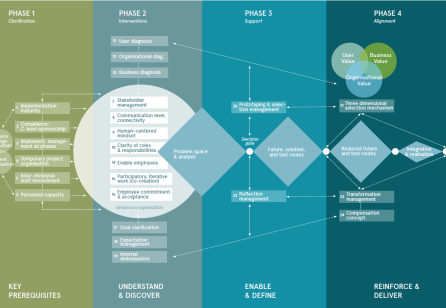
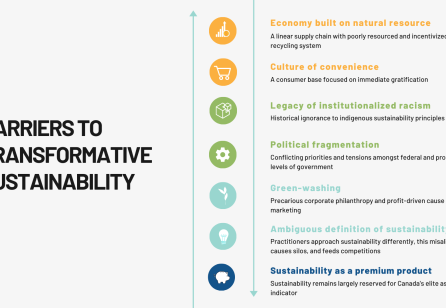
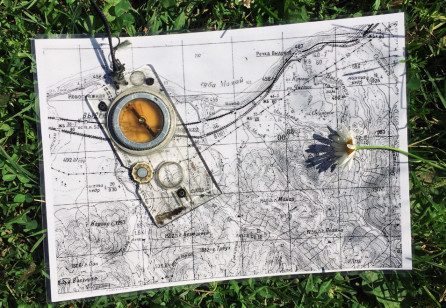

Share your thoughts
0 RepliesPlease login to comment